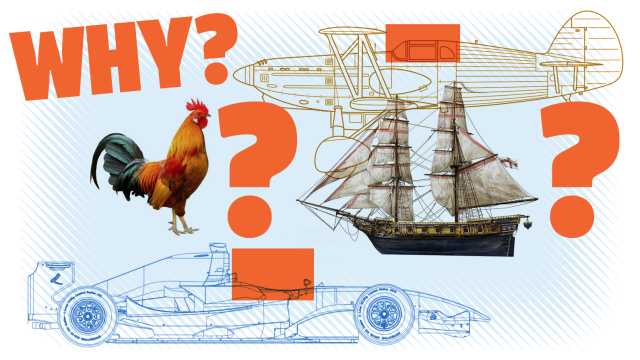Have you ever had a word all of a sudden lose its normal, expected associations and then reveal itself to you, in all its inherent weirdness? You can get there by repeating a word over and over until you force all meaning out of it, but sometimes the weirdness of the word is so close to the surface it just happens.
That’s what happened to me, when the word “cockpit” popped into my head. Please don’t ask why exactly the word cockpit just popped into my head. It just did.
But it got me thinking: Why the hell do we use such a loaded, weird-arse word for something so, you know, serious? Let’s find out.
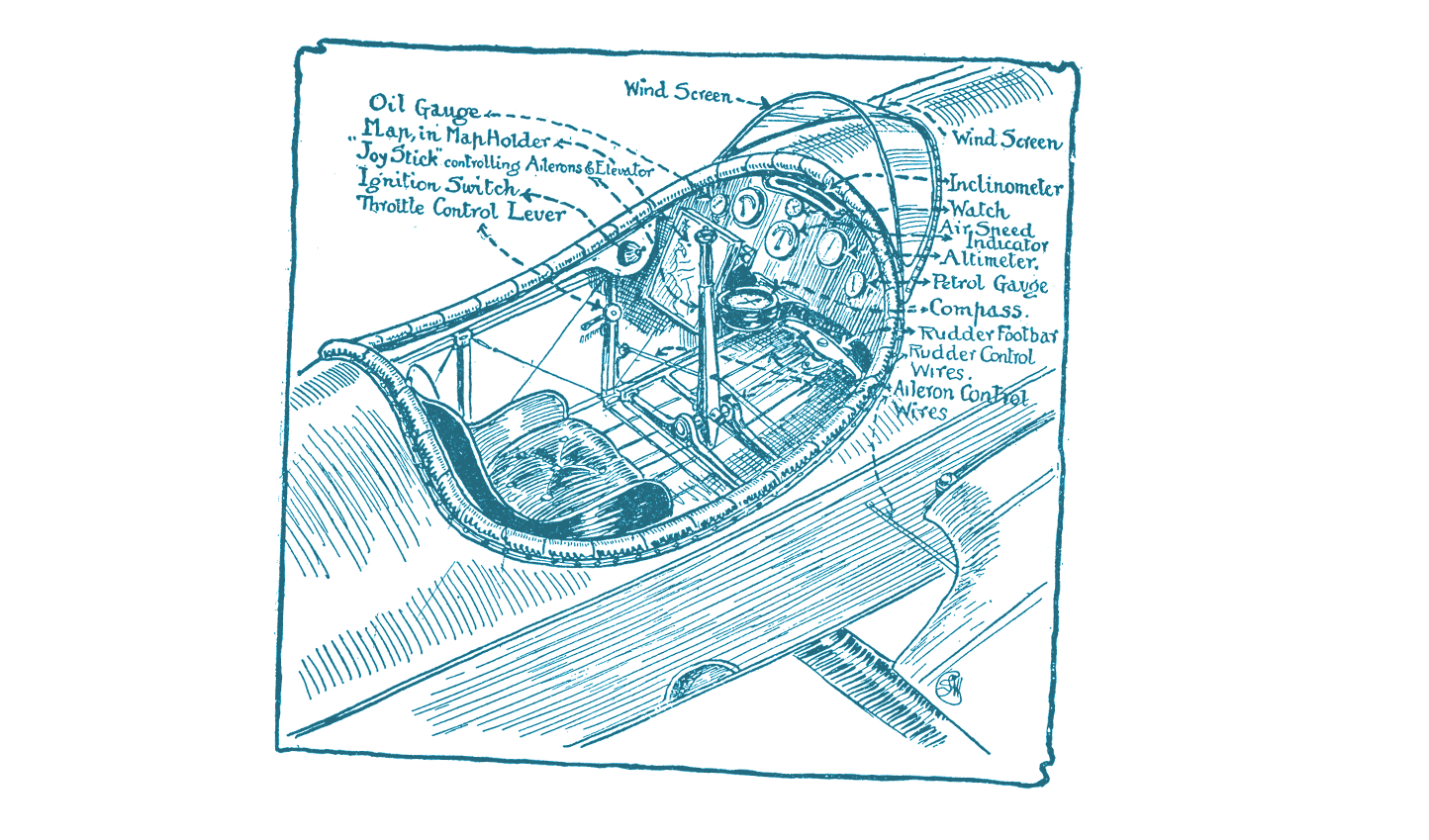
Cockpit. It’s a funny word. (I really just want to say it as much as I can here). Break it down into its component halves, and you can come out with words that mean “penis” and “hole,” like a meatus, which is very much not what a cockpit is usually about.
If we take the “cock” part not for the slang for genitals but for a chicken, then we’re not much better off, but we are closer to the original use of the word. The earliest uses of the word “cockpit” date from the 1580s, when it was used to refer to a hole or arena where cocks/chickens were placed, to fight.
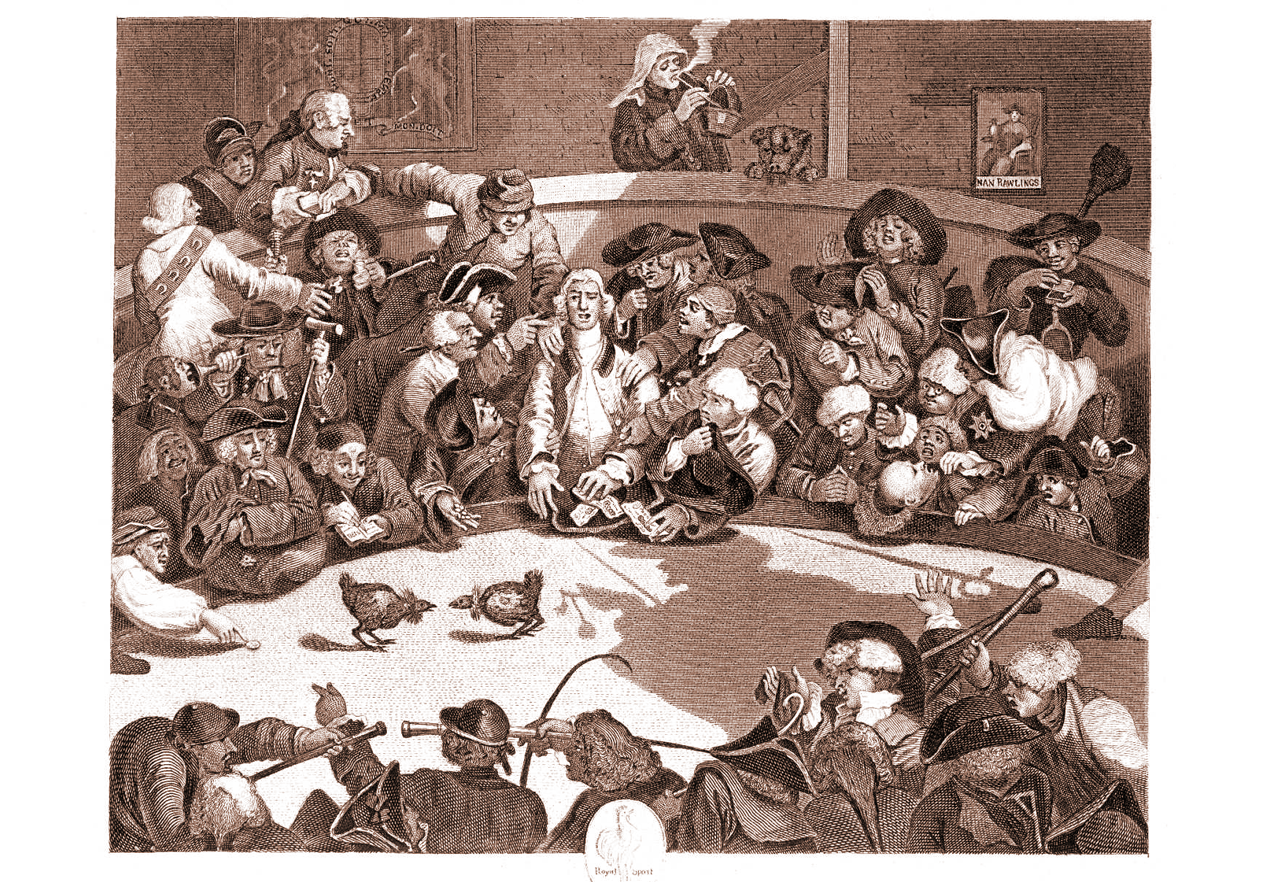
Now, in general, cockfighting, dog fighting, bullfighting and most other forms of cruel animal-based bloodsport are uncommon or even completely forbidden in the control areas of aircraft or racing cars, so how did we get from a hole full of chicken blood to the control seat of an aircraft?
It seems there are two main schools of thought about how this happened. One theory suggests that early pilots referred to the cramped confines of those primitive aeroplanes as “cockpits” because of how small they were, which I suppose reminded some of them of cockfighting pits.
In the context of aircraft, “cockpit” seems to first appear in print around 1914, which makes sense, as that’s the start of World War I, the first time-powered aircraft were used in quantity in warfare. The warfare angle may have been what associated cockpits for cockfights with the control area of an aircraft, because, as The Word Detective website tells it,
By the early 1700s, “cockpit” was being used in a figurative sense for any arena of battle or conflict, especially if enclosed, or an area of intense and important activity. It was this “place where the important things are done” sense (and not, thank heavens, the “fighting chickens” meaning) that led “cockpit” to be applied to the pilot’s compartment in an aircraft and, by extension, the “control position” in a racing car, sailboat or similar conveyance.
There’s another etymology that connects cock-fighting cockpits to a 1635 London theatre called The Cockpit, and from there somehow would have become associated with the idea of a control centre and hence to aircraft, but I find this one kind of a stretch.
What could be more plausible is a nautical origin of the word, and this origin is free from having to think about roosters murdering one another.
On naval ships in the 1600s and on, there was a position known as a cockswain or coxswain, and this was the person in charge of a ship’s smaller auxiliary boat, used to carry people to and from shore, to board other ships, etc.
The French term coque (shell) gives us the alternate meaning of “cock” in English for “boat,” sometimes the hilarious “cockboat.” This use of “cock” plus “swain,” an archaic term for a servant, is why “coxswain” is the “boat tender,” or “keeper,” the person on a ship in charge of the smaller vessel.
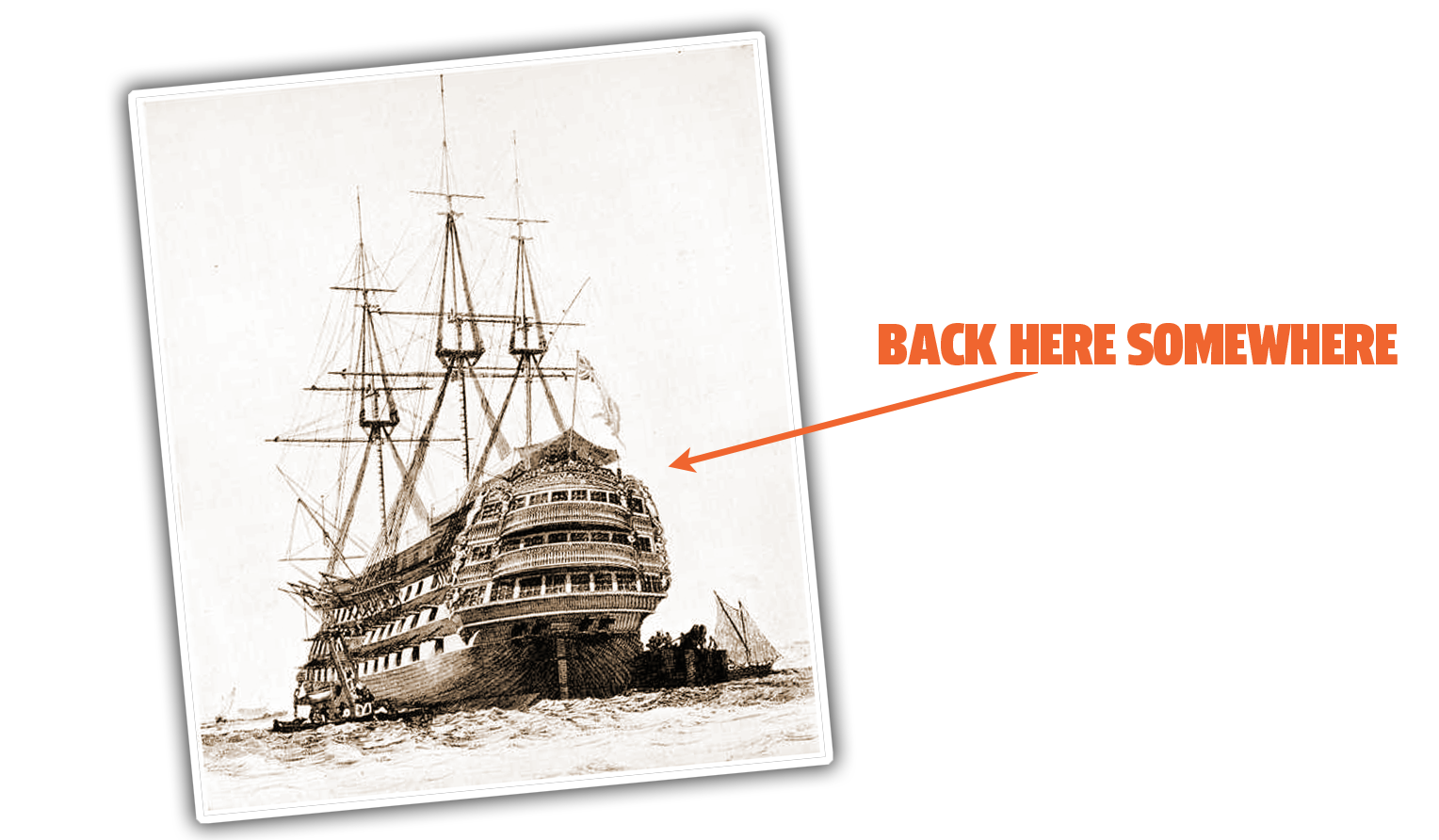
The coxswain’s station towards the stern of the ship was called “the cockpit,” and was also used as the place where the ship’s surgeon would tend to the wounded during a battle.
This area doesn’t seem to have been too pleasant, with one description painting it pretty miserably:
The surgeon’s mate messed in a space only six feet square in the cockpit, “screened off with canvas, and shut in by chests, dark as a dungeon, and smelling intolerably of putrefied cheese and rancid butter.”
Ewww.
Awful-smelling and dark thought it may have been, during battles the cockpit would have been a place of considerable action, activity, tension, pressure, and all that, which would have all been the sort of actions and tone of an early aircraft control seat, so it’s possible that the name was applied by sailors familiar with the term during WWI.
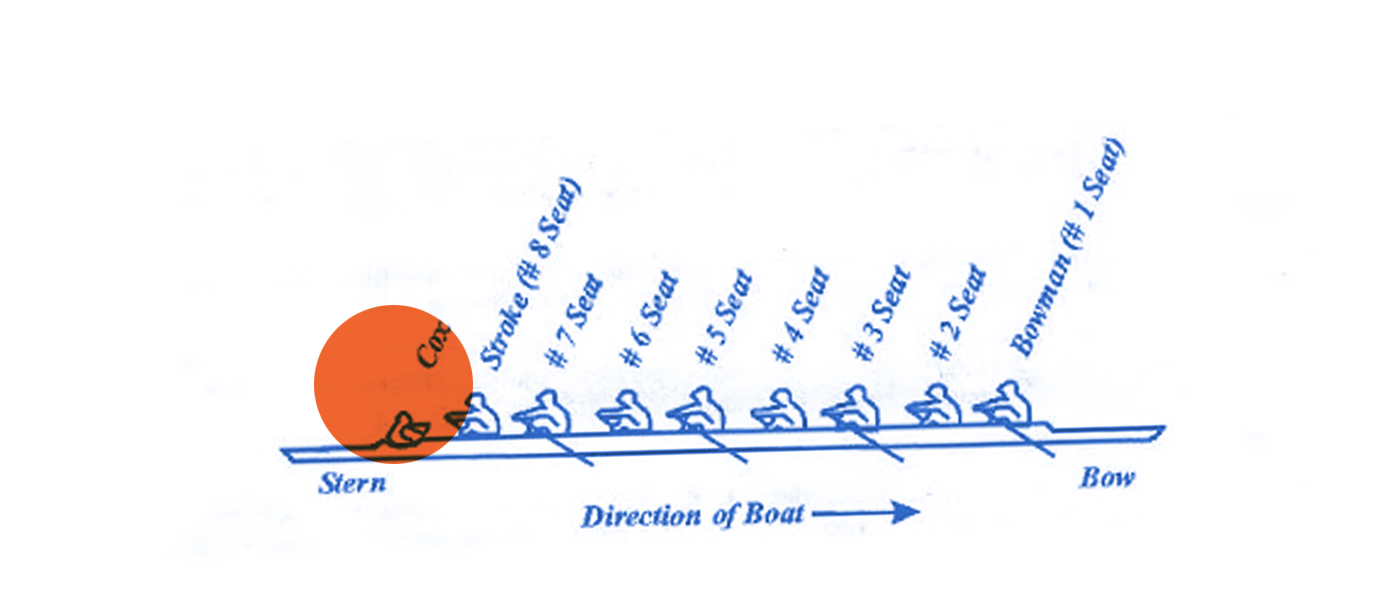
The coxswain or cox is also what the sport of rowing calls the guy who sits in the back of the scull and yells at the rowers, and this is directly taken from the navy, when the coxswain would have performed a similar job, yelling at sailors rowing the boat.
The coxswain’s position in this boat is sometimes called the cockpit, and it houses the person who is controlling the whole boat, so calling that control position in a plane or automobile makes sense, too.
We’re dealing with two fundamental possible origin stories here: One that suggests the control seat reminded people of a cockfighting ring, and one where the name was derived from an area near the back of a ship where the guy in charge of the smaller ships was, or where the guy in charge of the smaller ship itself sat.
I’m sort of inclined to lean more to the naval-derived origins of the word than the chicken-fighting origins, as I think there are so many words that could have been used to describe a small, enclosed space, and cockfighting doesn’t really have any connotation of a control position, where the coxswain’s stations do.
Still, it’s a funny word no matter where it came from, and I suppose I should just take joy in that.
Cockpit.
This article has been updated since it was first published. And now I have cockpit in my head again after making amendments.
